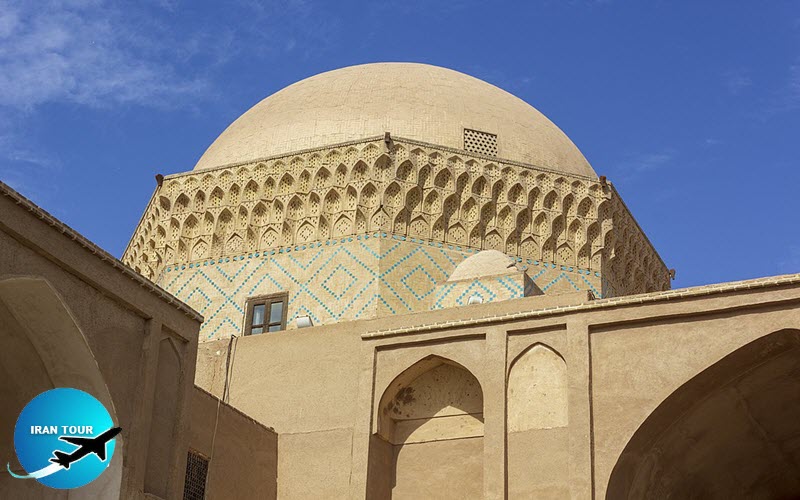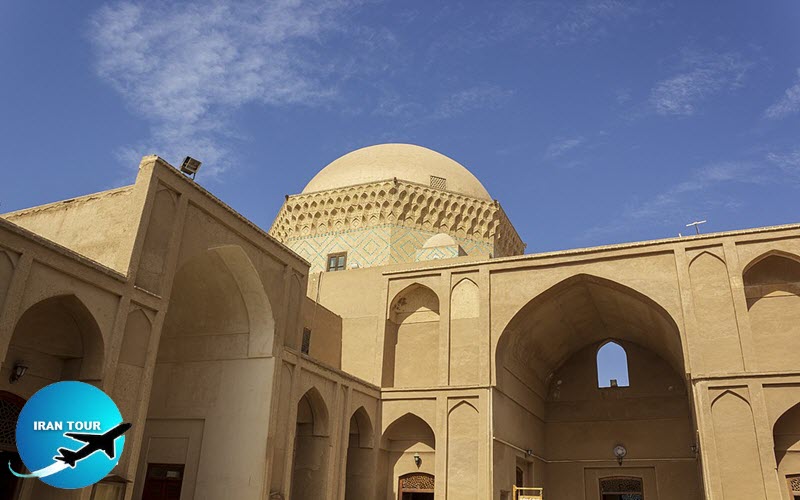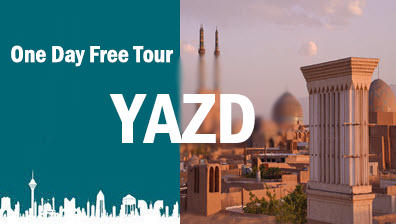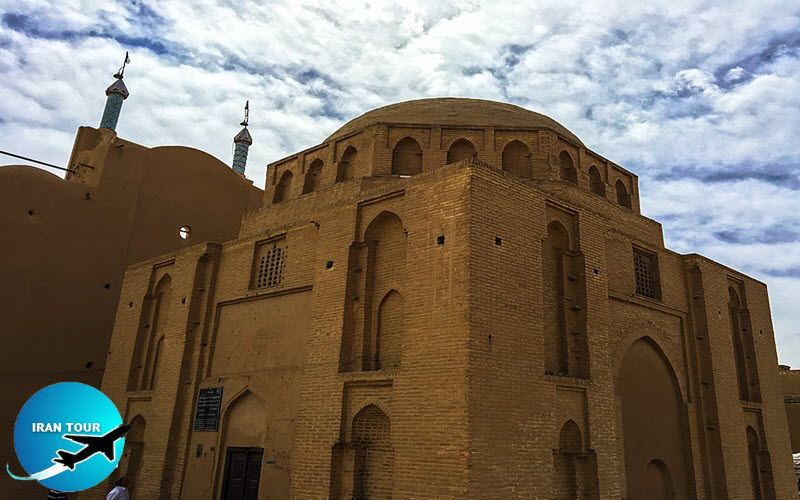Copyright 2020 - 2021 irantour.tours all right reserved
Designed by Behsazanhost
Alexander's Prison
Alexander's Prison
This 15th-century domed school is known as Alexander’s Prison because of a reference to this apparently dastardly place in a Hafez poem. Whether the deep well in the middle of its courtyard was in fact built by Alexander the Great and used as a dungeon seems doubtful, no matter what the guide says. The building is worth a look for the small display in the old city of Yazd.
 |
Don't care about the Imaginary or real stories about this simple and eye-catching building. You immerse yourself in its culture and history and enjoy the beauty of this lofty building - talk to people and pay its entrance fee for the development of local arts and crafts. One of the historical monuments in Yazd with unclear feedback is Eskandar Prison or Alexander's Prison, maybe it is known by this name as a result of a reference in a Hafez poem.
 |
Ziaieh School is located in Imam Street, in Fahadan neighborhood (one of the oldest neighborhoods in Yazd), Laundry Alley, New Bath Alley. It is suggested that after visiting the Yazd Jame Mosque, walk along the alleys of Fahadan neighborhood and visit this old area and at the end of the route you will reach Alexander's prison.
 |
Among the historical sites that exist near this magnificent building is the tomb of the Twelve Imams of Yazd, which is adjacent to this building, also you can visit
the Lari House (low distance of about 300 meters)
the Heidarzadeh Museum of Coins and Anthropology (with a low distance of about three hundred meters).
This simple historic building consists of a courtyard - a tall brick dome and a water reservoir. The dome of this building, which is the most important part of it, is a dome with 18 meters high and 9 meters wide, which is made of raw clay and only its inner part is decorated with azure and gold watercolor. Most parts of these decorations are destroyed.
 |
This lofty building is now introduced as Ziaieh religious school and has no connection to Alexander (although the reference is believed to come from Hafez's poetry). The original purpose of the building is unknown but now serves as a Museum Ethnography Inside there is a detailed scale model of the old city and a collection of labeled archaeological artifacts that were excavated around the city.
However, what really brings the museum to life is the staff of traditionally trained artisans who are on hand to show off their skills working old wooden frame looms and throwing clay pots to demonstrate the crafts that made the city famous throughout Persia and along the ancient Silk Road to China.
- Details
- Category: Yazd Historical Sites